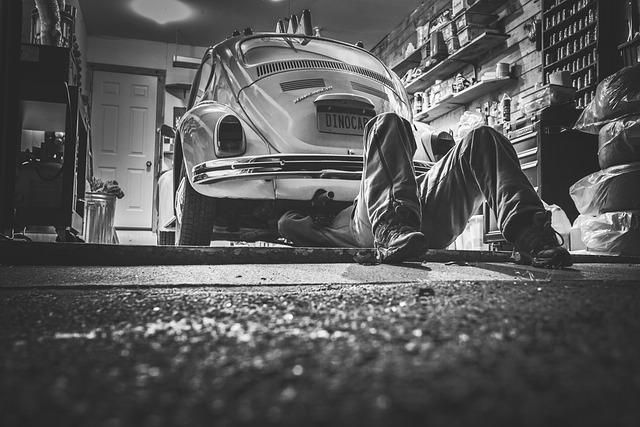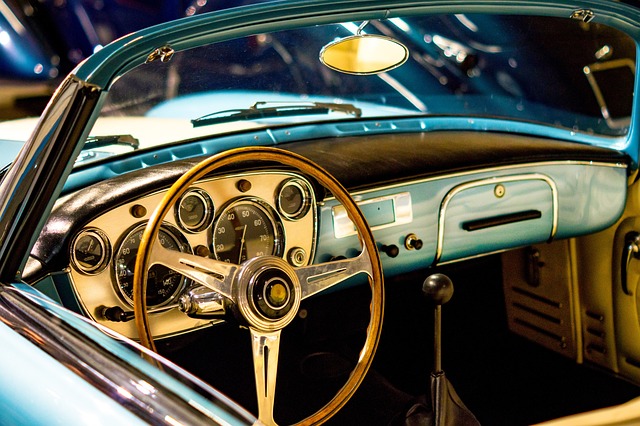Shipping a classic car requires specialized care and understanding various methods for safe arrival. The process begins with assessing shipping needs and preparing the vehicle through thorough cleaning, inspection, and maintenance. Best practices include using enclosed carriers for long hauls, securing loose items, and ensuring proper padding and ventilation. Proper insurance coverage is crucial, with tailored options like comprehensive and contingent liability to protect against accidents and theft. Consulting specialists in antique vehicle insurance is advised for high-value classics. By following best practices, you can confidently ship your historical vehicle, preserving its integrity for a successful delivery.
Are you a classic car enthusiast? Shipping your cherished vehicle can be a dream come true, but it’s crucial to understand the process and ensure its safety. This guide explores the ins and outs of classic car shipping services, from understanding different shipping types and processes to navigating insurance options. We delve into best practices for ensuring your classic car arrives in pristine condition. Discover expert tips and gain insights into making the shipping journey smooth and secure.
- Understanding Classic Car Shipping: Types and Processes
- Insurance Options for Classic Cars During Transit
- Best Practices for Ensuring Safe Arrival of Your Classic Vehicle
Understanding Classic Car Shipping: Types and Processes

Shipping a classic car involves specialized care and understanding various methods to ensure its safe arrival at its destination. The process begins with assessing the type of shipping required, whether it’s for long-distance transportation or local delivery. For long hauls, enclosed carriers are often chosen, providing maximum protection from elements and potential damages during transit. These secure containers are designed to accommodate unique dimensions, ensuring the car remains undisturbed.
The shipping process includes careful preparation where the vehicle is thoroughly cleaned, inspected, and maintained to meet high-quality standards. This involves checking critical components like brakes, tires, and electrical systems to guarantee optimal condition before loading. Best practices for car shipping include securing loose items within the vehicle, using specialized padding and restraints to prevent movement, and ensuring proper ventilation during transport to maintain optimal temperature levels.
Insurance Options for Classic Cars During Transit

When shipping a classic car, ensuring proper insurance coverage is paramount to safeguard this valuable investment during transit. The best practices for car shipping involve understanding the unique risks associated with antique vehicles and choosing the right insurance options accordingly. One popular option is comprehensive insurance, which covers not only damage from accidents but also theft, vandalism, and natural disasters, providing peace of mind for classic car owners.
Additionally, contingent liability coverage can protect against legal expenses and medical payments if an insured driver is at fault in an accident involving other vehicles or property. For high-value classics, it’s advisable to consult with insurance specialists who specialize in antique vehicles to tailor a policy that aligns with the best practices for car shipping, ensuring your classic is protected every step of the way.
Best Practices for Ensuring Safe Arrival of Your Classic Vehicle

When shipping a classic car, proper preparation and adherence to best practices are crucial to ensure its safe arrival. Firstly, select a reputable shipping company with experience in handling vintage vehicles. These experts will have the knowledge and resources to provide specialized care for your precious classic. Prior to transport, thoroughly inspect your car, documenting any existing conditions or repairs through detailed photographs and reports. This comprehensive record serves as a valuable reference during the shipping process, ensuring accountability for any changes.
Additionally, ensure adequate insurance coverage tailored for classic cars. Standard policies might not account for the unique needs of vintage vehicles, so specialized coverage is essential. Consider additional protections like specific shipping conditions, temperature controls, and secure storage options during transit. By implementing these best practices, you empower yourself to ship your classic car with confidence, safeguarding its historical integrity for a successful delivery.
When shipping a classic car, understanding the process and insuring against potential risks are key. By familiarizing yourself with different shipping types and securing adequate coverage, you can ensure a seamless journey for your cherished vehicle. Following best practices for car shipping, such as choosing reputable carriers and preparing your classic thoroughly, will greatly contribute to its safe arrival. Remember, proper care during transit is just as important as the destination itself.
